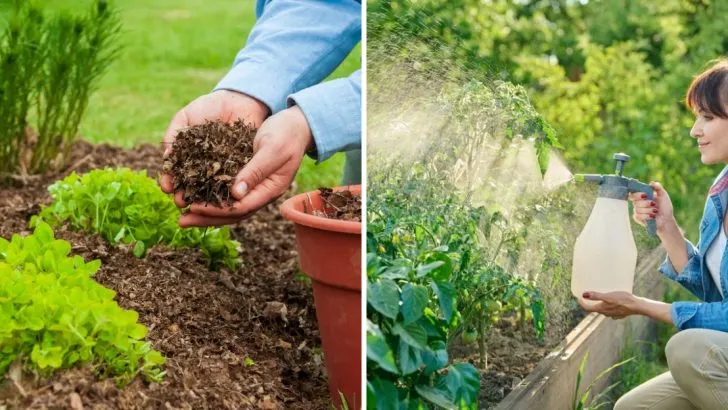While modern gardening techniques are constantly evolving, there’s a treasure trove of old-school wisdom passed down through generations that still holds its ground in today’s gardens. From natural fertilizers to time-tested planting practices, many of the gardening tips our grandparents swore by are still just as effective today.
In this article, we’ll explore 10 old-school gardening tips that continue to deliver results. These time-tested practices are not only practical but also eco-friendly and cost-effective, proving that sometimes the best solutions are the simplest ones. Let’s dig in and rediscover some of the tried-and-true gardening wisdom from the past!
Companion Planting
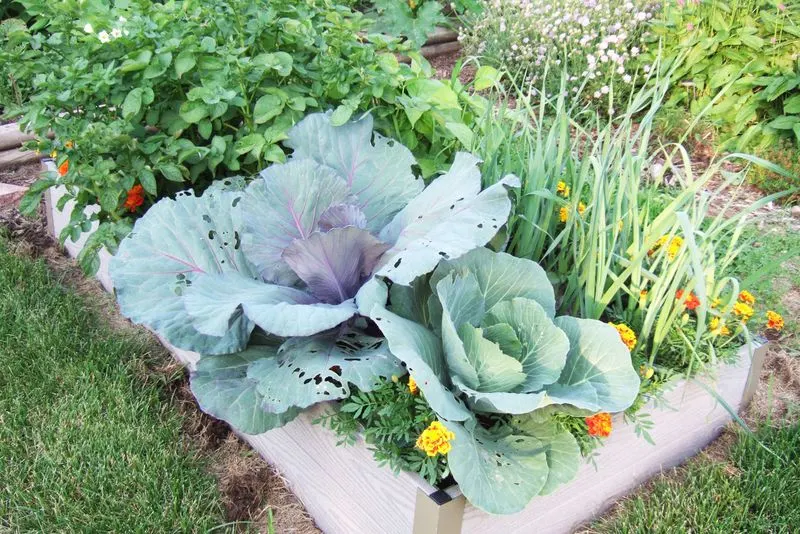
Incorporating companion planting into your garden involves strategically pairing plants that promote each other’s growth. For instance, planting marigolds next to tomatoes can deter pests, while beans enrich the soil for corn. This method leverages natural plant relationships to enhance resilience.
Explore diverse pairings like basil with peppers or carrots with onions for a thriving garden ecosystem. The practice not only maximizes space but also fosters a healthier environment for plants to flourish. Integrating these pairings requires understanding plant needs and benefits, offering a symbiotic approach to gardening that’s both effective and traditional.
Crop Rotation
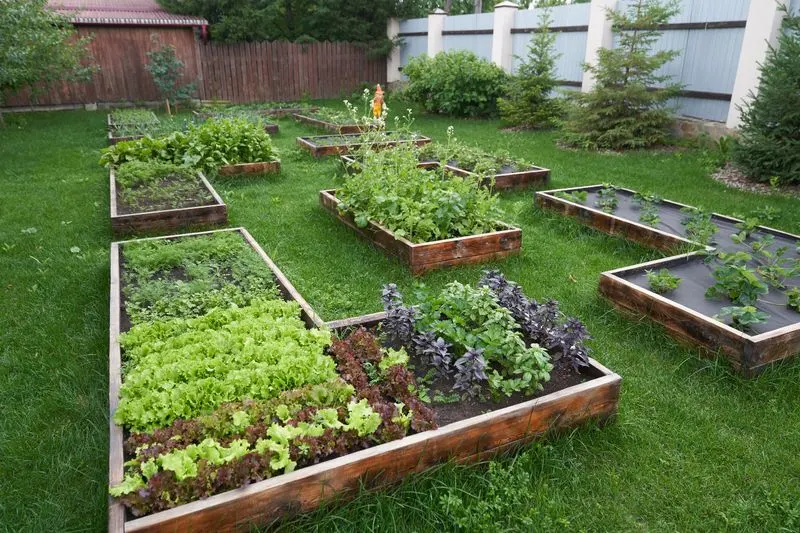
Implementing crop rotation is crucial for maintaining soil fertility and preventing disease buildup. By rotating crops like legumes, root vegetables, and leafy greens annually, you disrupt pest cycles and prevent nutrient depletion. This practice enriches the soil, promoting sustainable growth.
Transitioning between different plant families each season minimizes the risk of soilborne diseases. For instance, following tomatoes with beans helps replenish nitrogen levels. Understanding your garden’s layout and planning ahead ensures a balanced and productive soil environment. Embracing this technique can lead to healthier yields and a more resilient garden.
Mulching
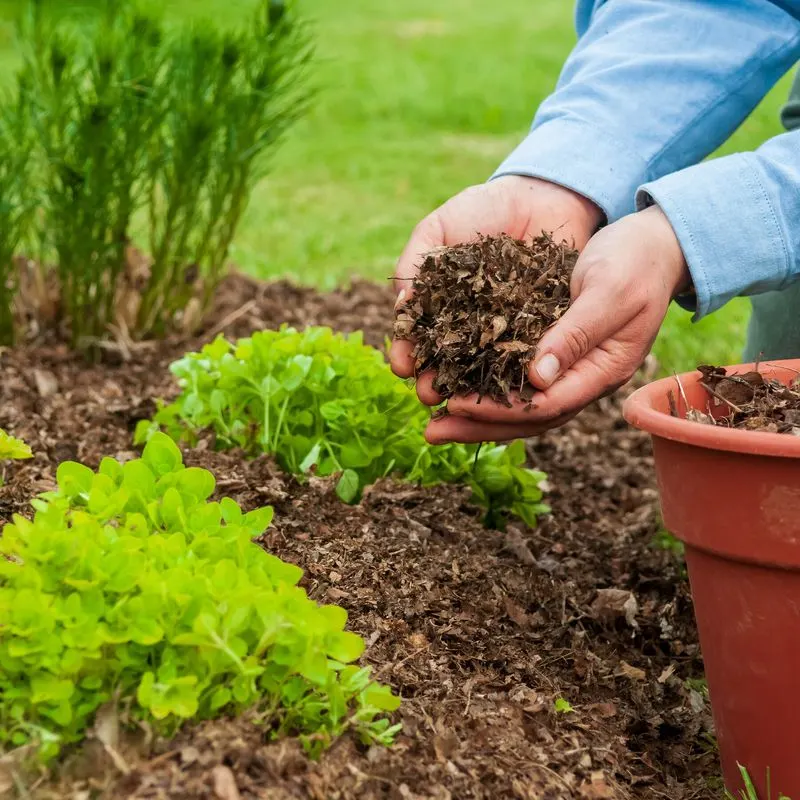
Mulching serves as a protective layer for your garden, retaining moisture and suppressing weeds. Using organic materials like straw, leaves, or wood chips enriches the soil as they decompose, providing nutrients to plants.
The layer of mulch moderates soil temperature, shielding roots from extreme conditions. It also reduces evaporation, conserving water during hot spells. Regularly replenishing the mulch ensures ongoing protection and soil enrichment. This traditional method not only enhances plant health but also reduces the need for frequent watering, making it a sustainable choice for gardeners.
Saving Seeds
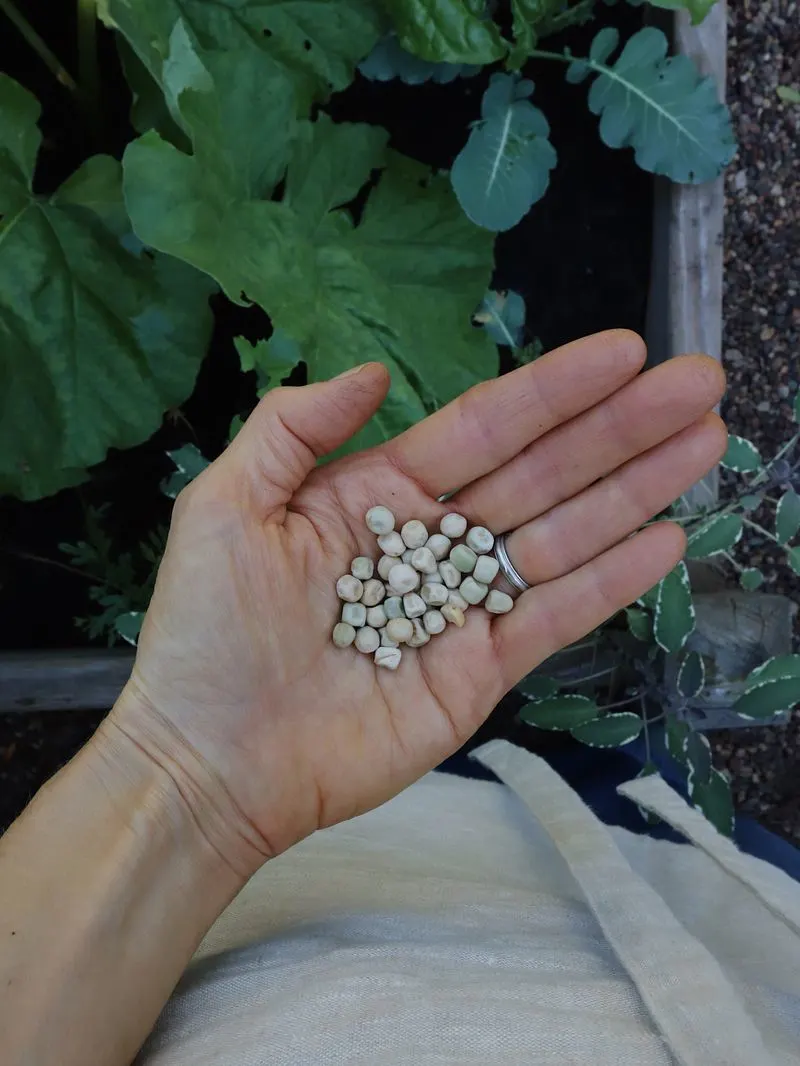
Saving seeds from your best-performing plants preserves heirloom varieties and ensures a continuous supply of resilient crops. This practice involves selecting seeds from healthy, mature plants to cultivate future generations.
Engaging in seed saving connects you with the plant’s lifecycle and deepens your understanding of its growth habits. Moreover, it fosters biodiversity by maintaining unique plant traits adapted to your local conditions. Proper storage, such as drying seeds thoroughly and keeping them in a cool, dark place, is essential for their viability. Embracing this method supports sustainable gardening and heritage preservation.
Heirloom Varieties
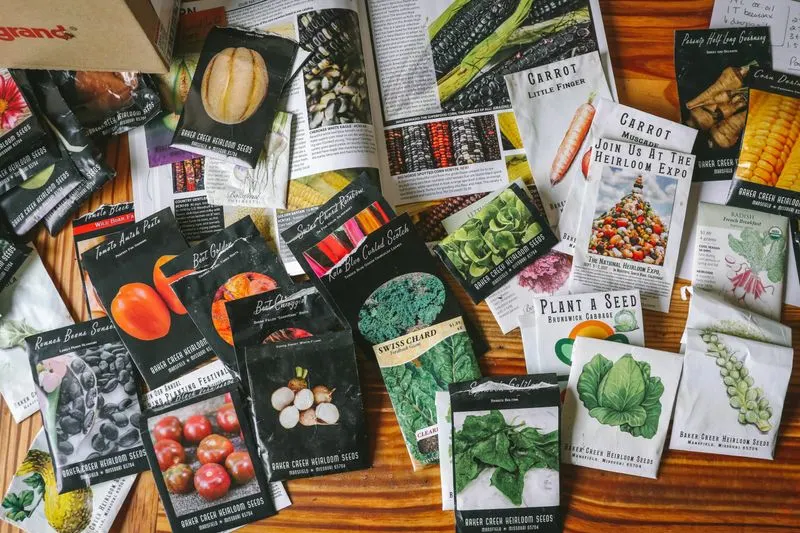
Heirloom varieties offer unique flavors and colors, standing the test of time with their rich genetics. These plants are open-pollinated, meaning they grow true from seed, preserving their distinct characteristics over generations.
Cultivating heirlooms introduces diversity to your garden, offering resilience against pests and diseases. They often require less intervention, adapting well to local climates due to their storied past. Incorporating these varieties provides a taste of history, while supporting genetic diversity and sustainability. Choosing heirlooms invites a colorful and flavorful harvest, celebrating traditional gardening.
Natural Pest Control
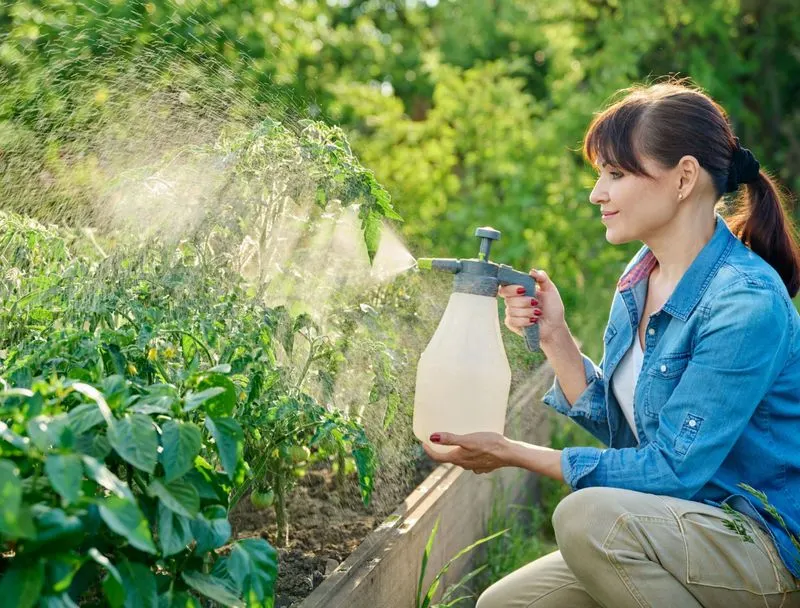
Utilizing natural pest control encourages beneficial insects like ladybugs and praying mantises to thrive, reducing the need for chemical interventions. These predators help manage pest populations, maintaining a healthy garden balance.
Integrating plants like dill, fennel, or sunflowers attracts these helpful insects, creating a welcoming habitat. Encouraging biodiversity through diverse plantings enhances your garden’s resilience to pest outbreaks. This approach not only protects the ecosystem but also supports a healthier, more sustainable environment. Employing natural pest control fosters harmony in your garden, emphasizing ecological balance.
Composting
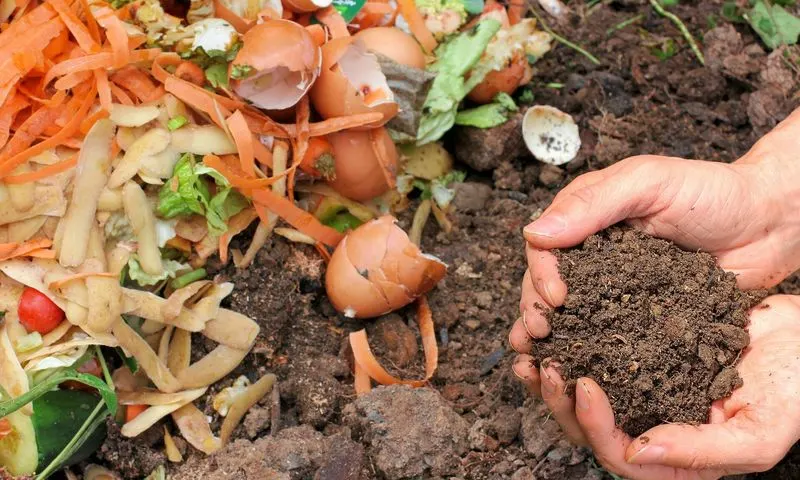
Composting transforms kitchen scraps and yard waste into nutrient-rich soil. This eco-friendly method reduces landfill waste while improving garden soil quality. By layering green and brown materials, you create a balanced environment for decomposition.
Regularly turning the compost pile aerates it, speeding up the breakdown process. The result is a rich, dark humus that enhances soil structure and fertility. Composting returns valuable nutrients to the garden, promoting robust plant growth. This practice not only nurtures your plants but also contributes to a more sustainable lifestyle, minimizing waste impact.
Raised Beds
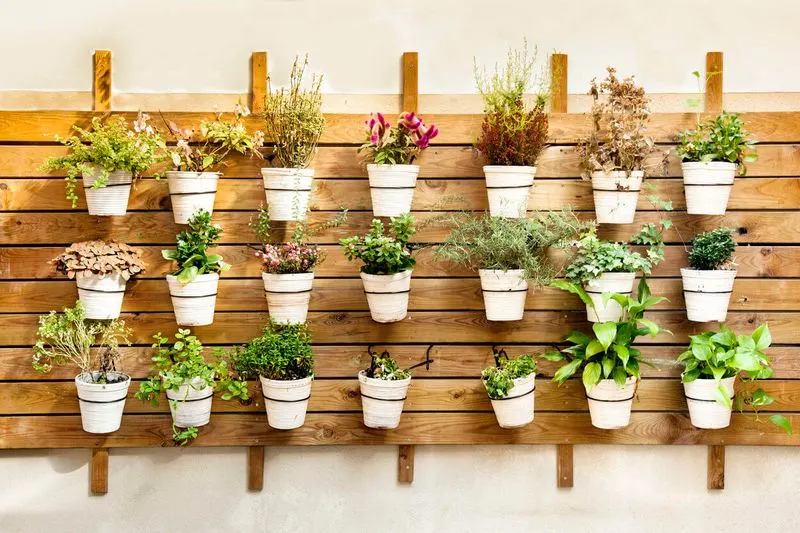
Raised beds offer improved drainage and soil quality, elevating your gardening experience. Constructed from materials like wood or stone, they provide a defined space for planting, making management easier.
These structures warm up quickly in spring, allowing for earlier planting and extended growing seasons. Raised beds also reduce soil compaction, fostering healthier root systems. By controlling the soil environment, you can tailor nutrients and pH levels to suit specific plant needs. This method is particularly beneficial for urban gardens, maximizing limited space while enhancing accessibility.
Moon Gardening
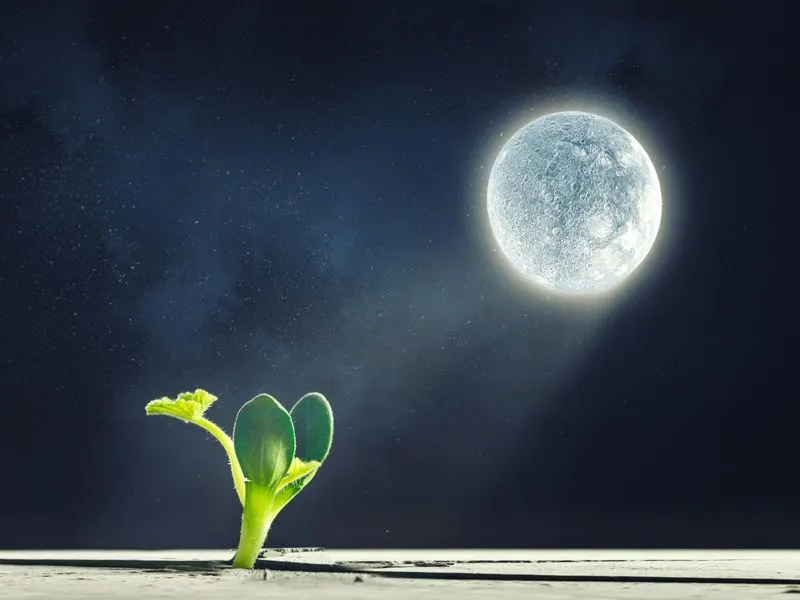
Moon gardening aligns planting activities with the lunar cycle, following ancient practices believed to enhance growth. By timing planting, watering, and harvesting with moon phases, you tap into natural rhythms that influence plant vitality.
This approach suggests that the gravitational pull during specific phases affects moisture in the soil, aiding seed germination and root development. While scientific evidence varies, many gardeners swear by the improved outcomes. Observing the lunar calendar and experimenting can offer insights into its effectiveness. Exploring moon gardening links you to longstanding agricultural traditions.
Garden Journaling
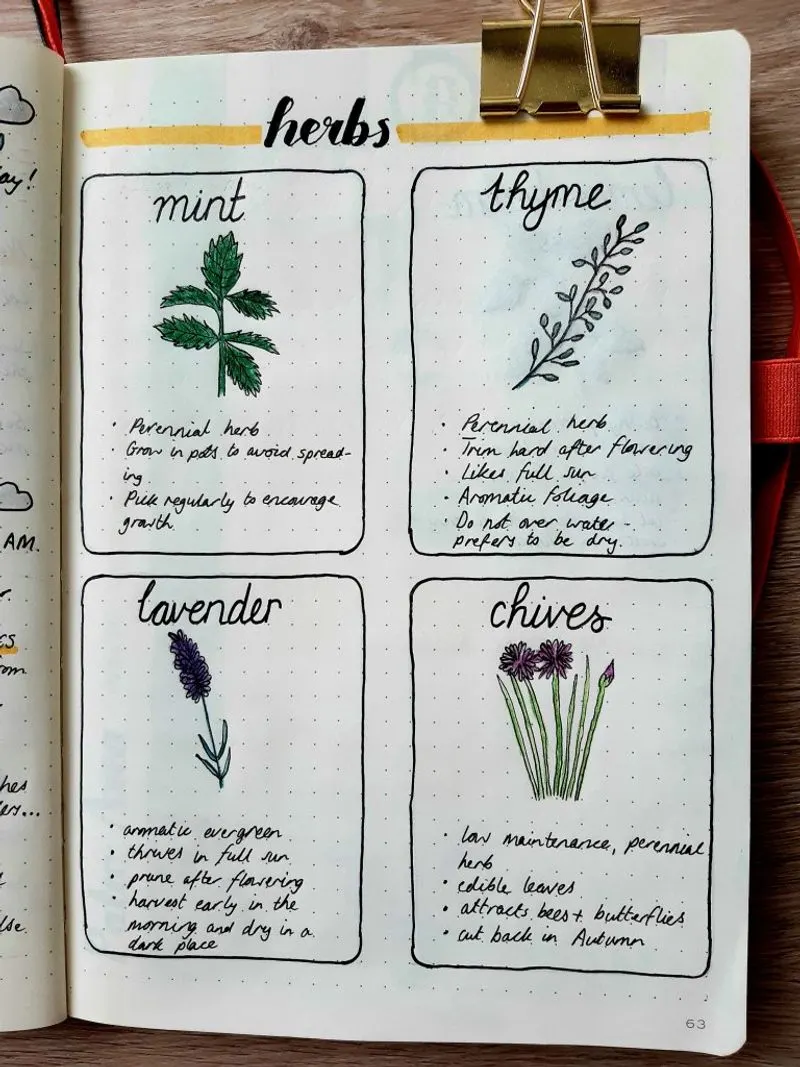
Keeping a garden journal documents your observations, successes, and challenges, becoming a valuable resource over time. Recording planting dates, weather conditions, and plant performance helps refine your gardening techniques.
Journals capture seasonal patterns and experiment outcomes, guiding future decisions. This practice encourages reflection and growth, offering a personalized roadmap to improve yields and garden health. Whether through sketches, notes, or photos, documenting your gardening journey creates a legacy of knowledge. Garden journaling fosters a deeper connection to your plants, enhancing your skills with every entry.

